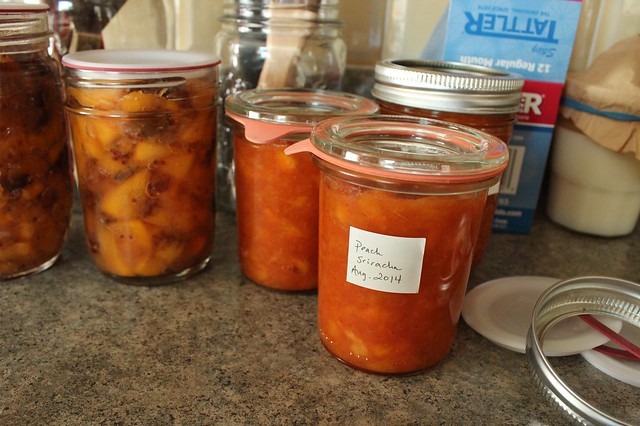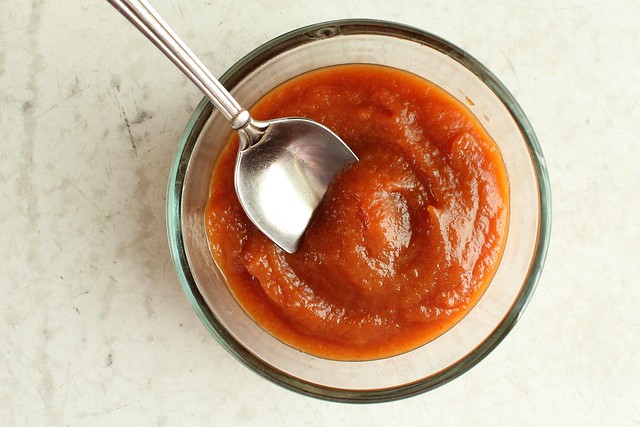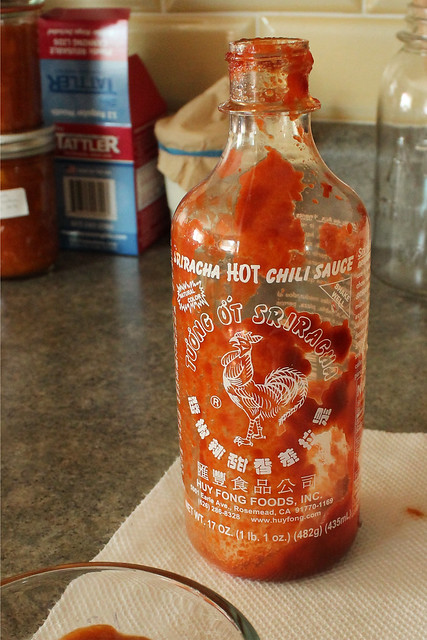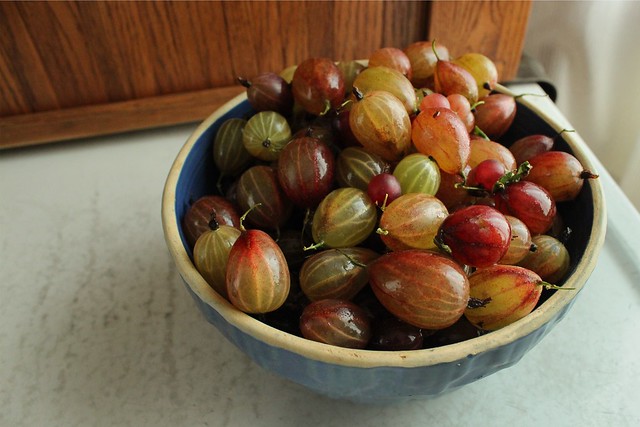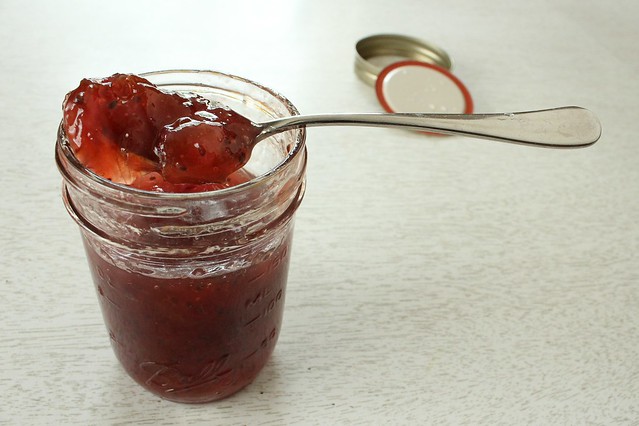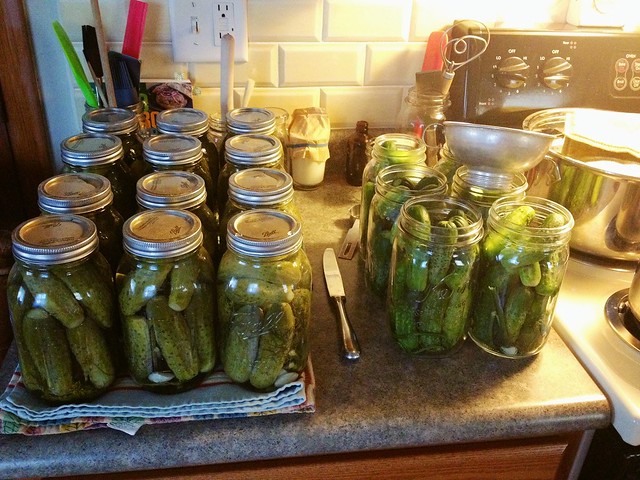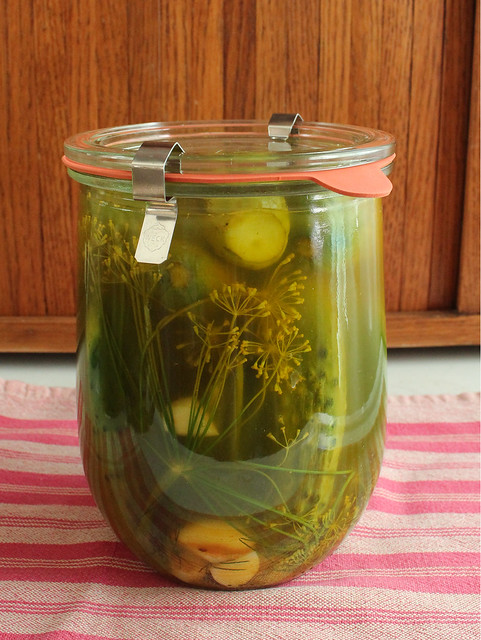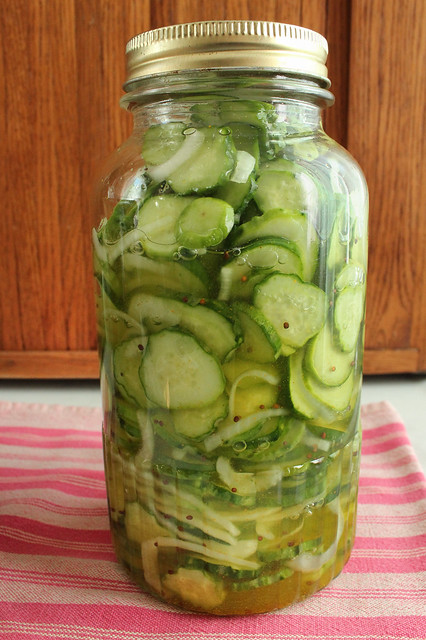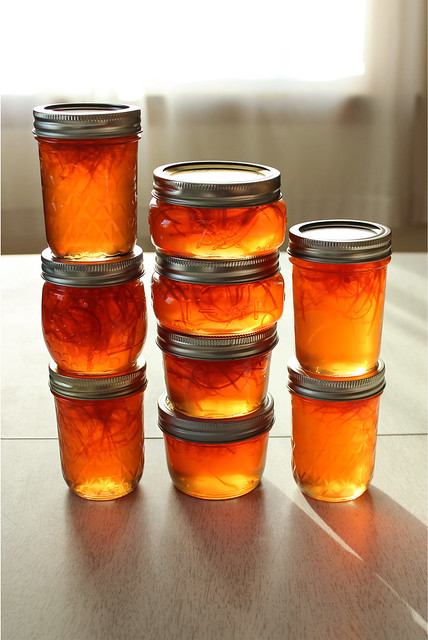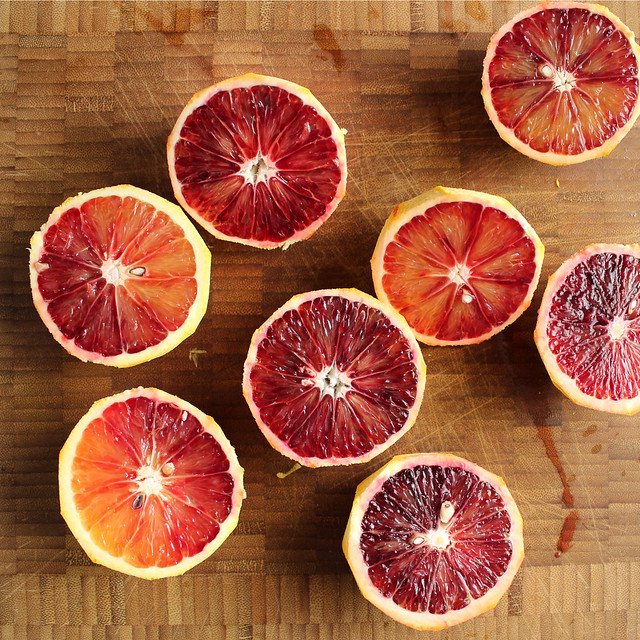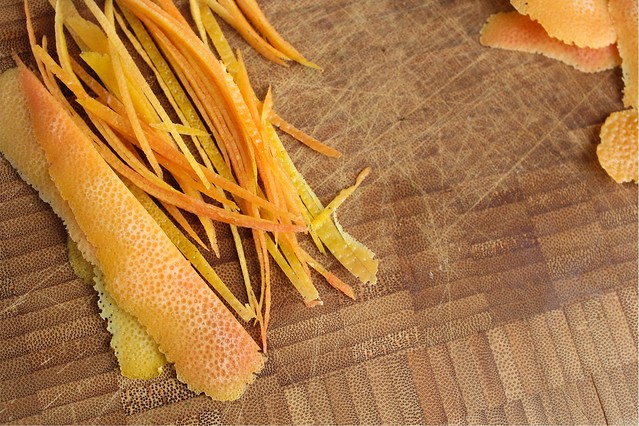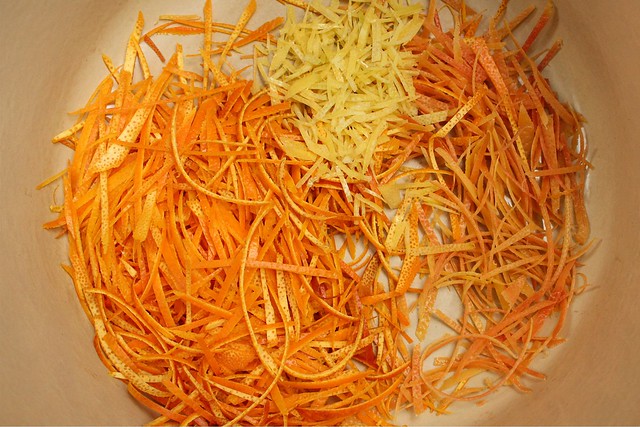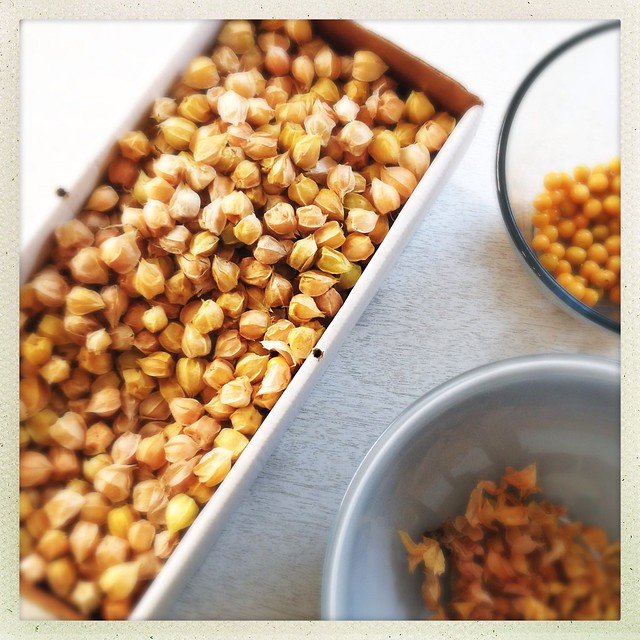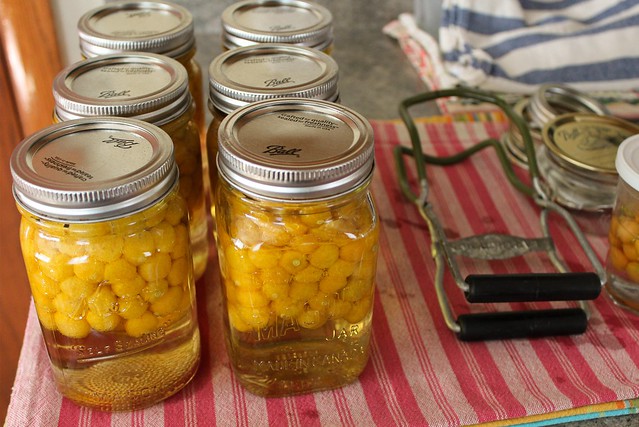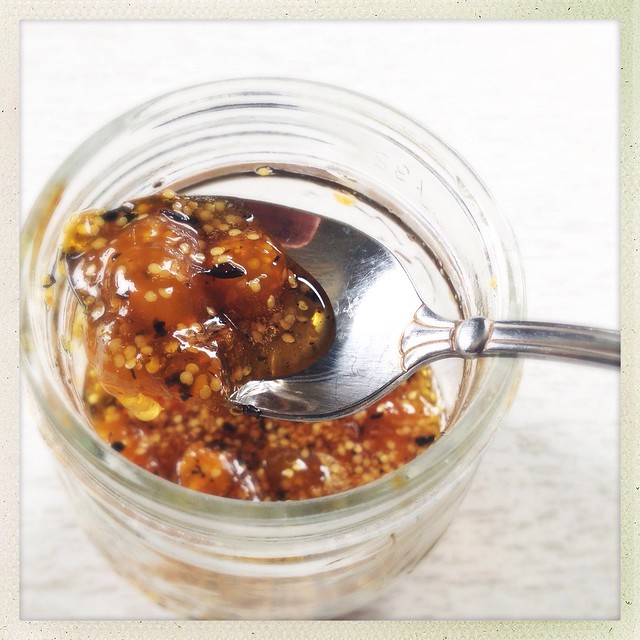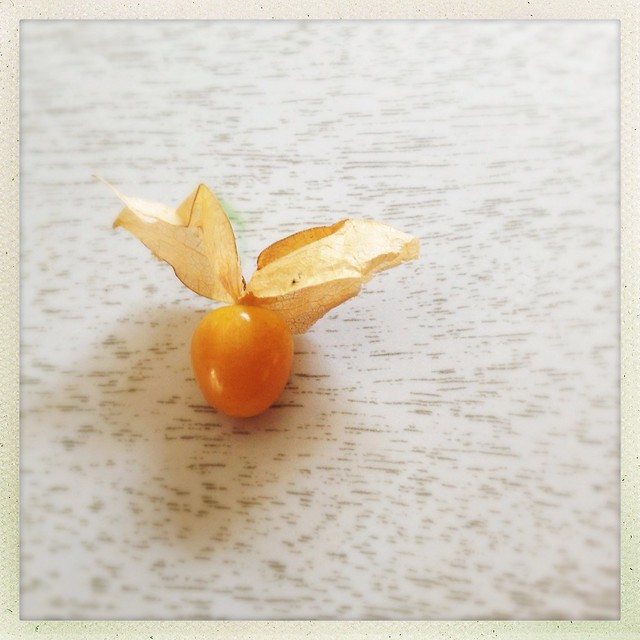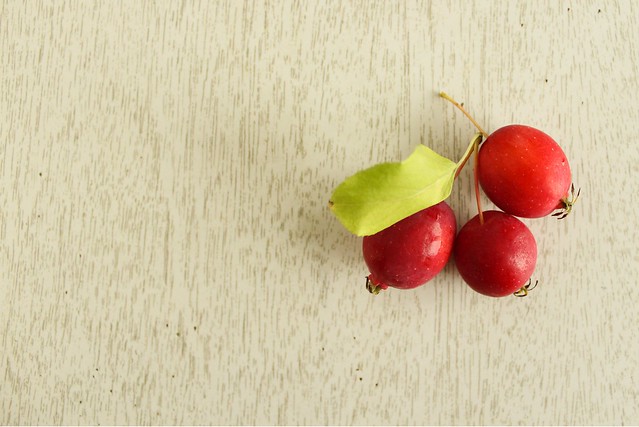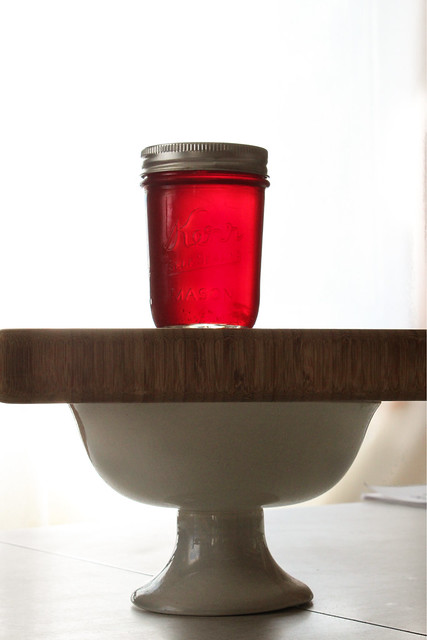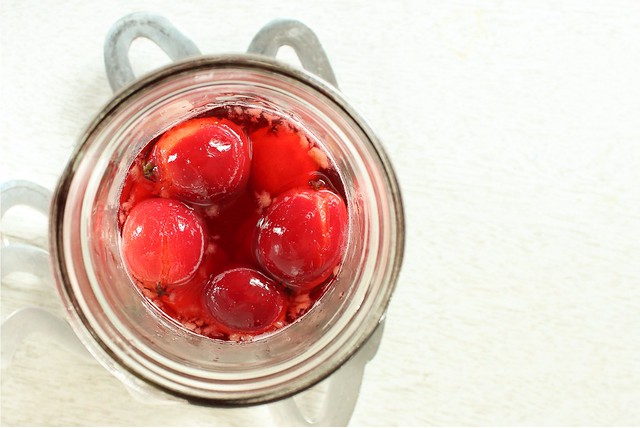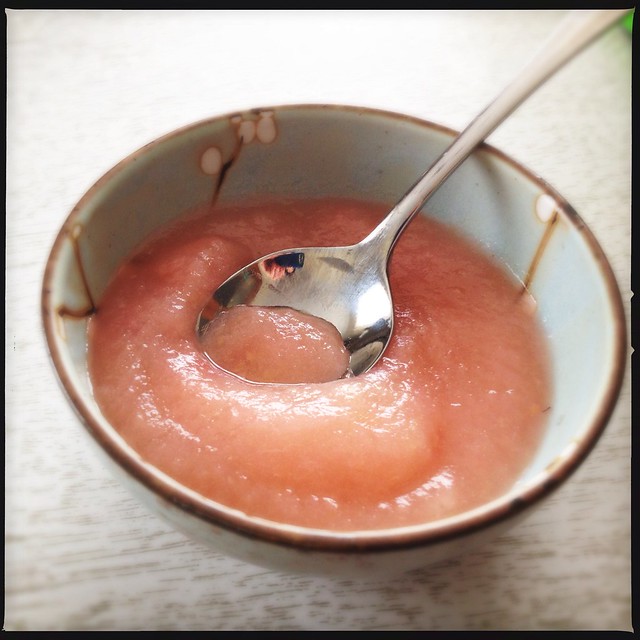One of the surprising blessings that came along with having children was getting to know my neighbors. I live in a small neighborhood of about 3 streets wide, a collection of maybe 100 homes that before kids I knew nothing about. Introverted by nature, I politely went about my day coming to and fro without much interaction with the community around me, exchanging a few pleasantries maybe but not really knowing anyone personally. Kids changed that. Suddenly, you begin to run into the same people while running after a toddling youngster: you discover that your kids play well with their kids, you are on a first name basis with every dog on the block, and you find that the people around you are really interesting and creative and lend a huge impact to your daily life.
Monday I spent part of the morning with a few lovely women as our children played hard together. There seems to be an unstated rule that conversation can be quickly interrupted for any number of reasons, which is actually quite nice. It frees you from the rigor of conducting yourself in a more proper manner; I've never felt like I've been very good at moderating the flow of conversation, so stopping one abruptly to run after a child and then starting up a new one suits me pretty well.
My friend Susan is a musician and we got to talking. She was saying how she had material that had been on hold since before her son was born (5 years) and how she should never do that because it interrupts the process. I immediately thought about my own creative processes. If I don't take the time to document something that really inspires or excites me within a day or so of making it, I just let it go. "Of the moment" is so much part of the thing that makes my writing mine, makes it relevant to me as I look back on it.
It's really not so unlike preservation as I capture that split second that the food goes in the jar, I also sieze the feeling around it - the light in the kitchen creating pictures that echo the weather outside and even the time of day I had the time to muster the thoughts to the page. Making that time seems ever more difficult as the summer is in full swing and there are so many things that just pop up on a day to day basis. Prioritizing my online life falls to the back of the line, even when there have been so many things worthy of sharing.
Food in Jars' Peach Sriracha Jam (Honey Sweetened Peach Chutney) I made last week.
The summer is the heaviest preserving season, and traditionally I think I've been much more creative than I've been this year. Short both on time and money, I didn't overdo or overthink my pantry shelves. I have smaller batches and just enough based on what was eaten most heavily last year. Where I used to make the time to stand stirring the pot with excess, I now stirred it with just enough - thankful for it and happy I knew where to turn for solid recipes when I didn't have the wiggle room for experimentation.
I got peaches at two different times, and split both with neighbors. (You can read about the first peach adventure here.) Quickly enamored of the honey-sweetened peach chutney that Marisa McClellan posted on her site Food in Jars, I turned to her latest book as the peaches softened and I felt guilty just eating them all standing alone over the sink. I made the small batch last week and was totally addicted. I had exactly 2 lbs. of precious peaches left, and got to thinking that making the recipe into a more homogenized butter might be a pretty swell idea. It takes a little longer for the boiling butter to thicken and it spatters up the stove something terrible, but all in all I think it's worth it. It's like a spicy peach ketchup, and I've been trying it on everything. And, just as you'd suspect, it is good on everything.
I got peaches at two different times, and split both with neighbors. (You can read about the first peach adventure here.) Quickly enamored of the honey-sweetened peach chutney that Marisa McClellan posted on her site Food in Jars, I turned to her latest book as the peaches softened and I felt guilty just eating them all standing alone over the sink. I made the small batch last week and was totally addicted. I had exactly 2 lbs. of precious peaches left, and got to thinking that making the recipe into a more homogenized butter might be a pretty swell idea. It takes a little longer for the boiling butter to thicken and it spatters up the stove something terrible, but all in all I think it's worth it. It's like a spicy peach ketchup, and I've been trying it on everything. And, just as you'd suspect, it is good on everything.
Peach Sriracha Butter (adapted from Marisa McClellan's recipe in Preserving by the Pint)
yields about 2 half pints
Pour into sterilized jars leaving 1/2 inch headspace, and process in a boiling water bath for 15 minutes.
yields about 2 half pints
- 2 lbs. peaches, pitted and pureed (I used a Vitamix, but you could use a regular blender)
- 1 c. granulated sugar
- juice of 1 lime
- 1/4 c. Sriracha sauce
Pour into sterilized jars leaving 1/2 inch headspace, and process in a boiling water bath for 15 minutes.
Does anyone ever remember tossing out a bottle of Sriracha? It seems to just last forever, and then disappear...
Peaches have now come and gone. I really shouldn't dare make any more sweet preserves for the year, but have enough extra for gifts and special occasions. I have too many open jars of jam floating around the fridge in a never-ending tetris game of space. I'll have to invite a lot of the neighbors over to help me polish them off!

